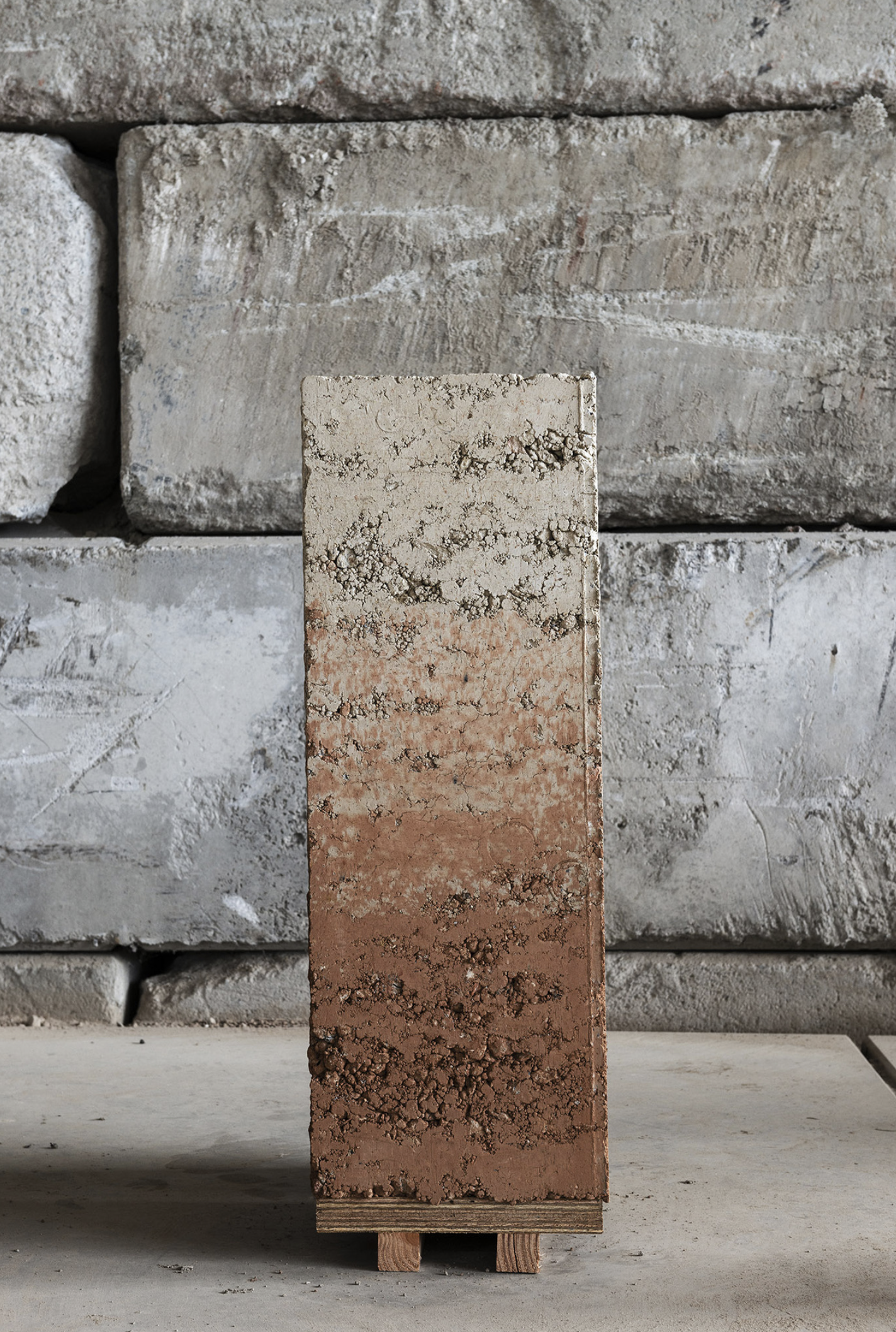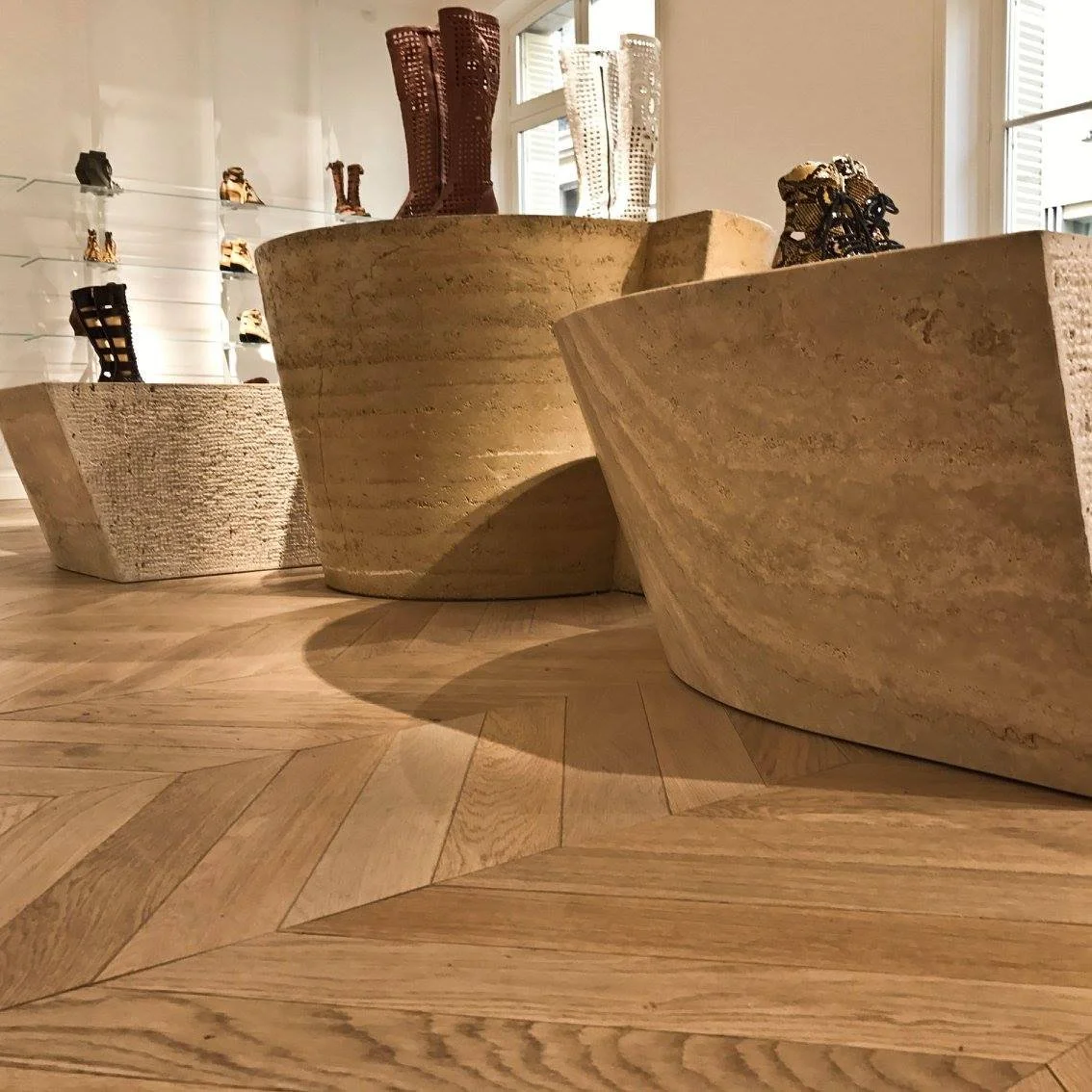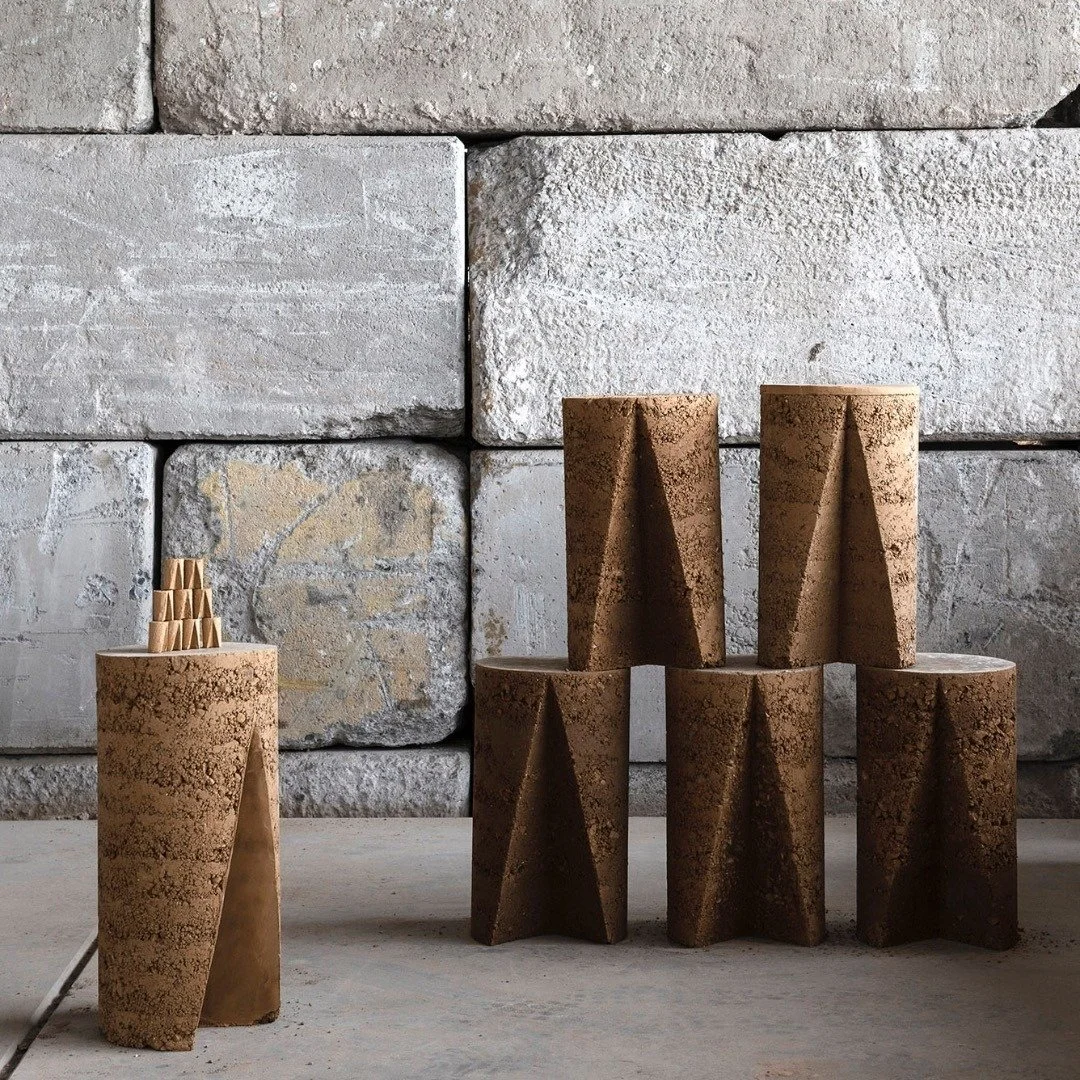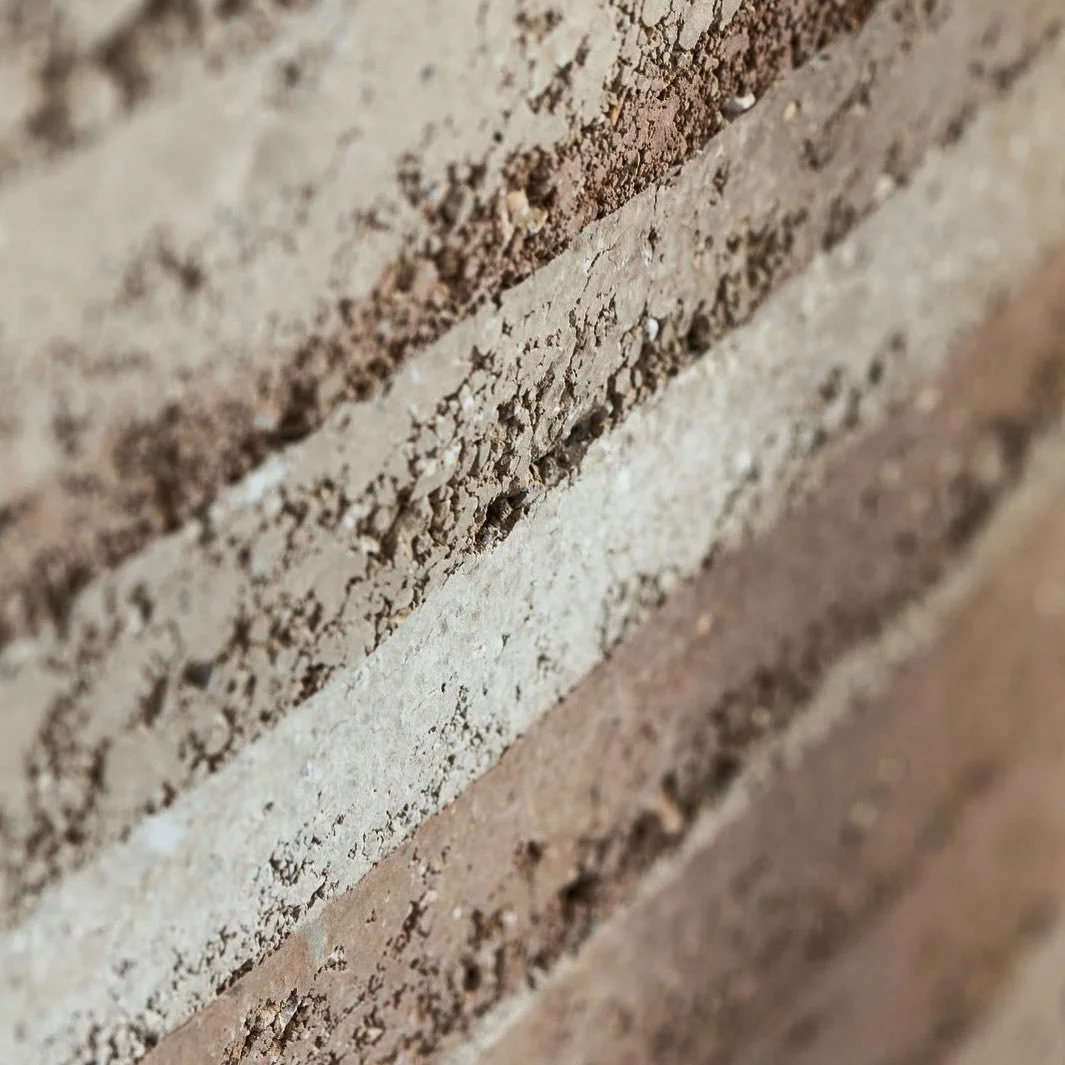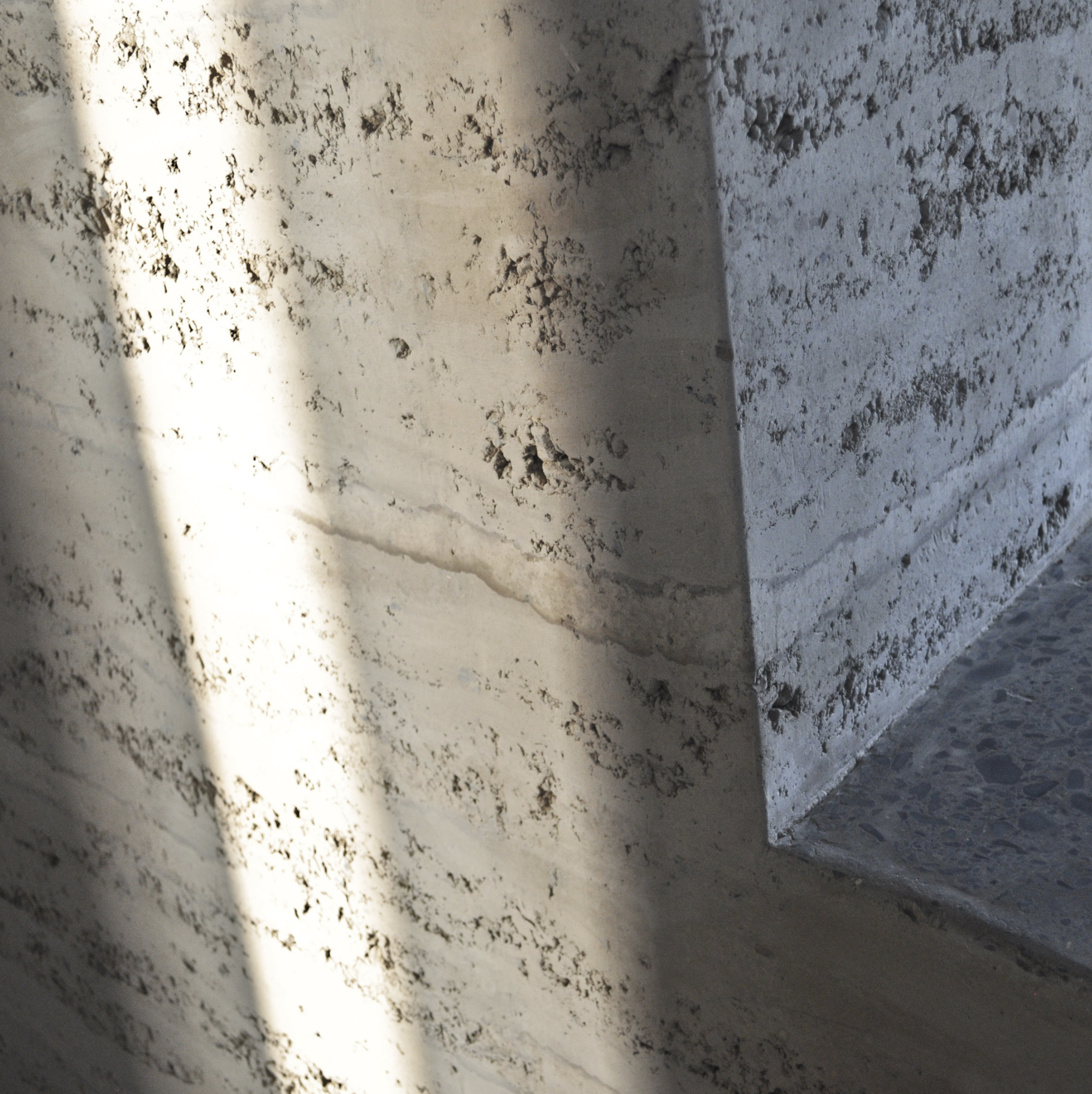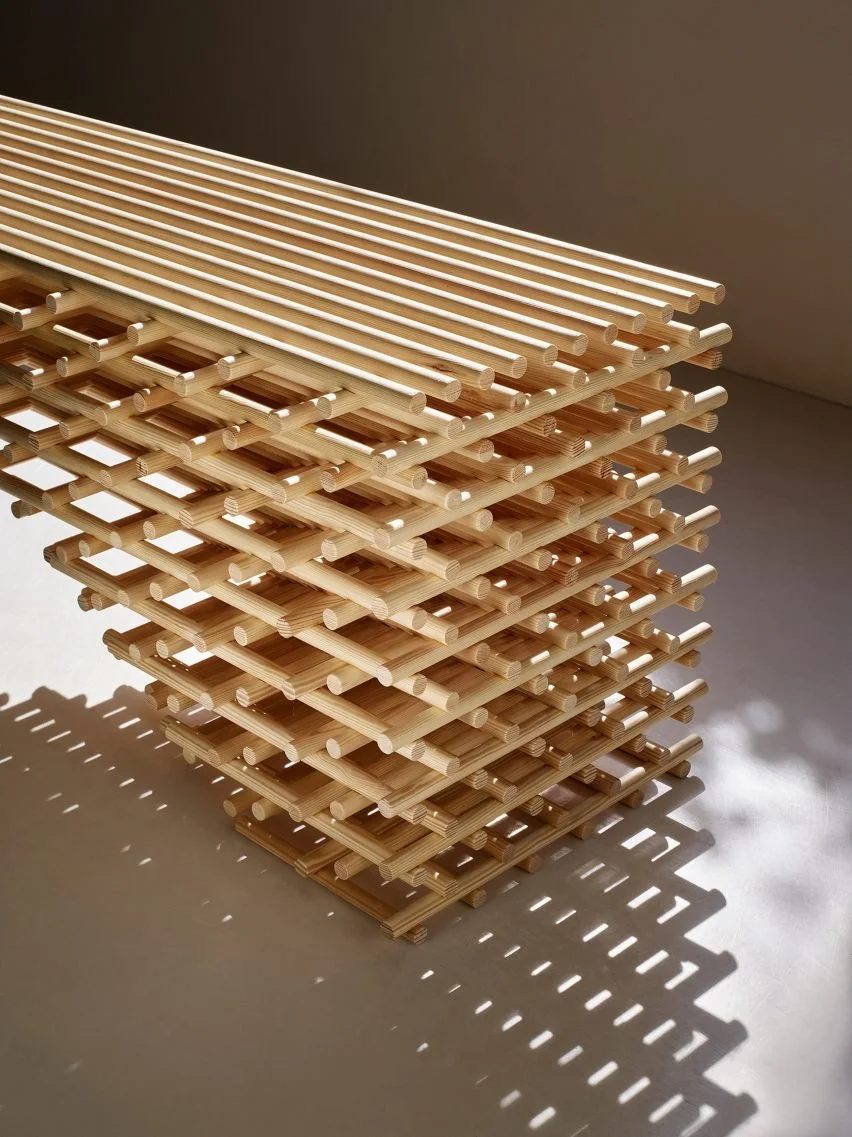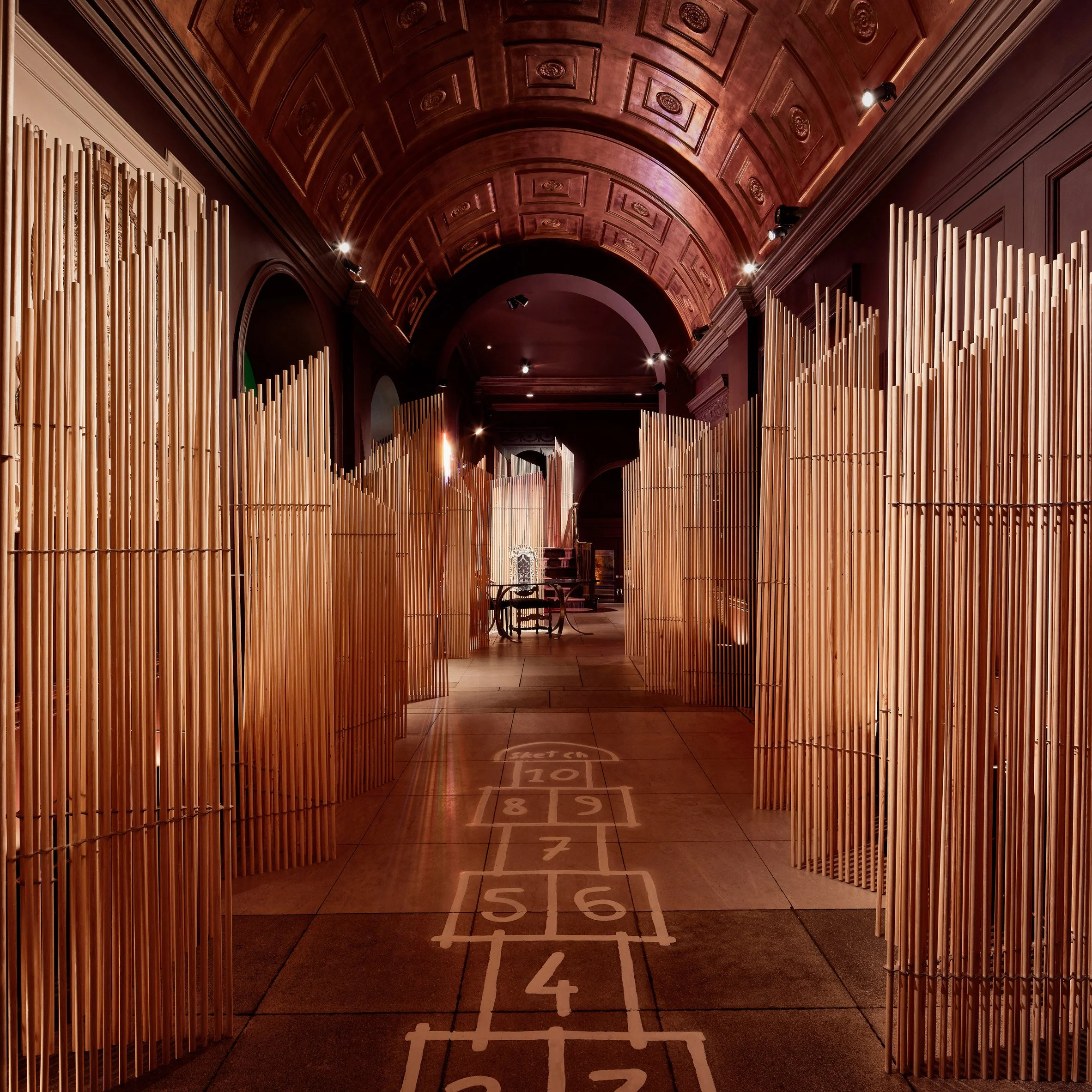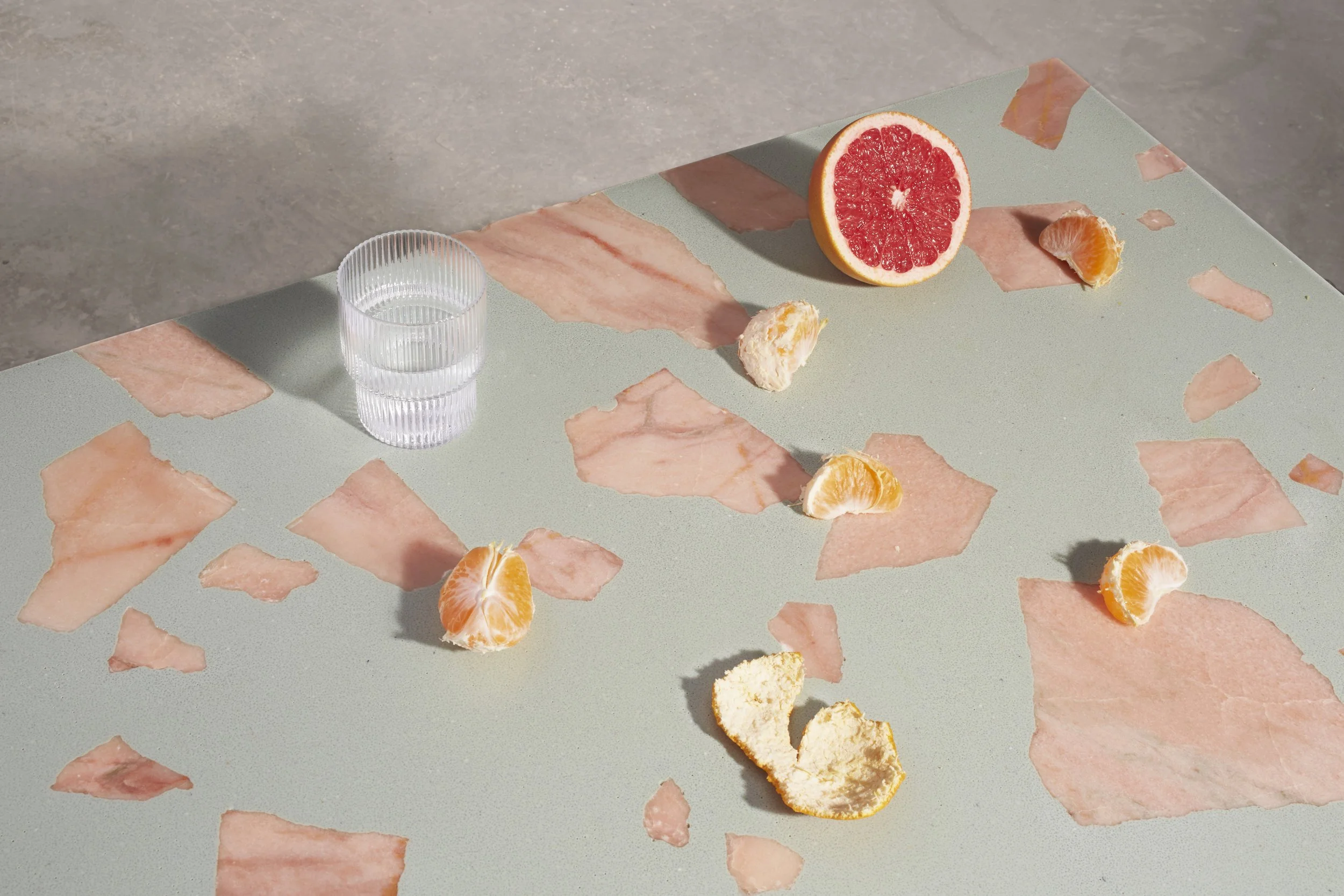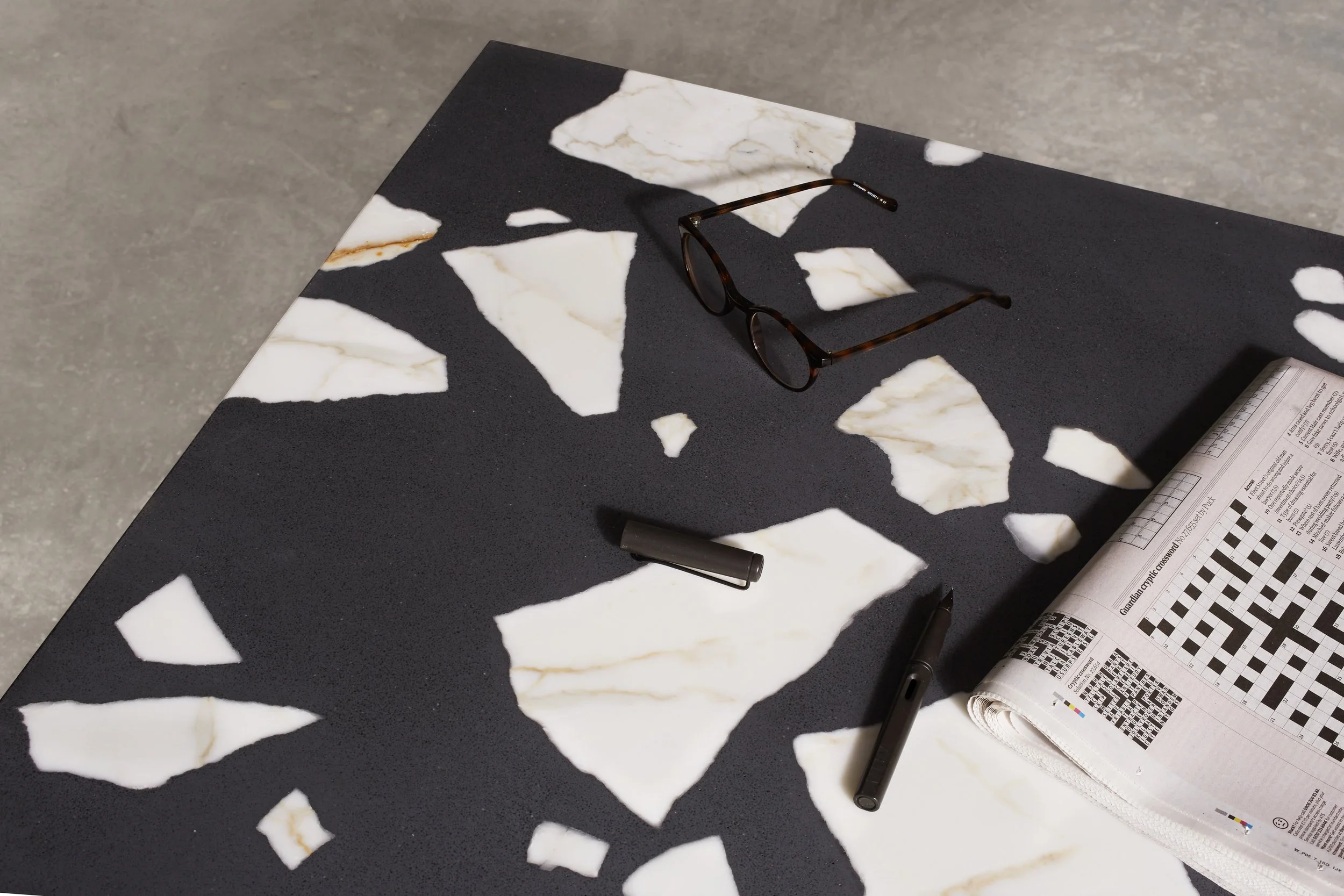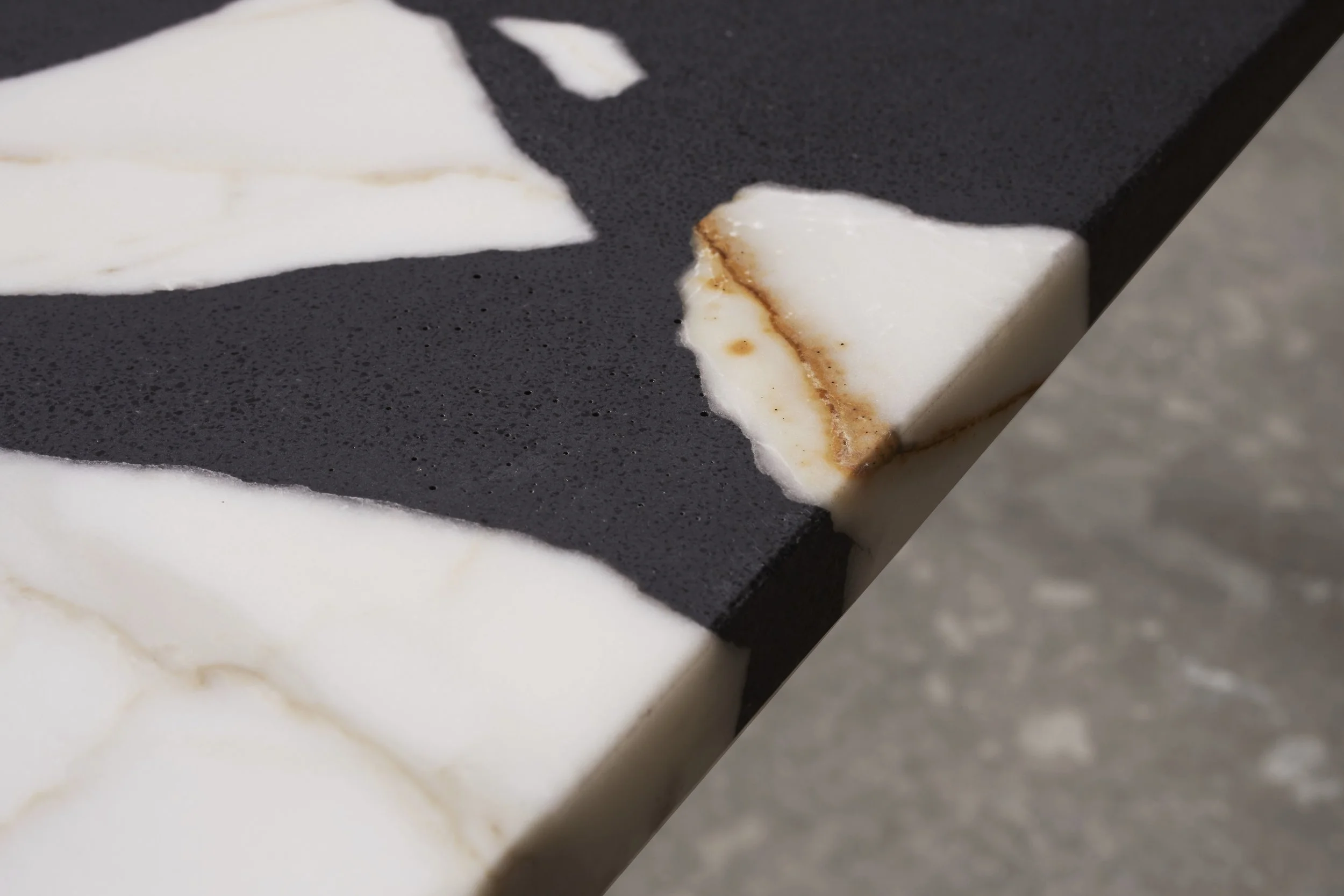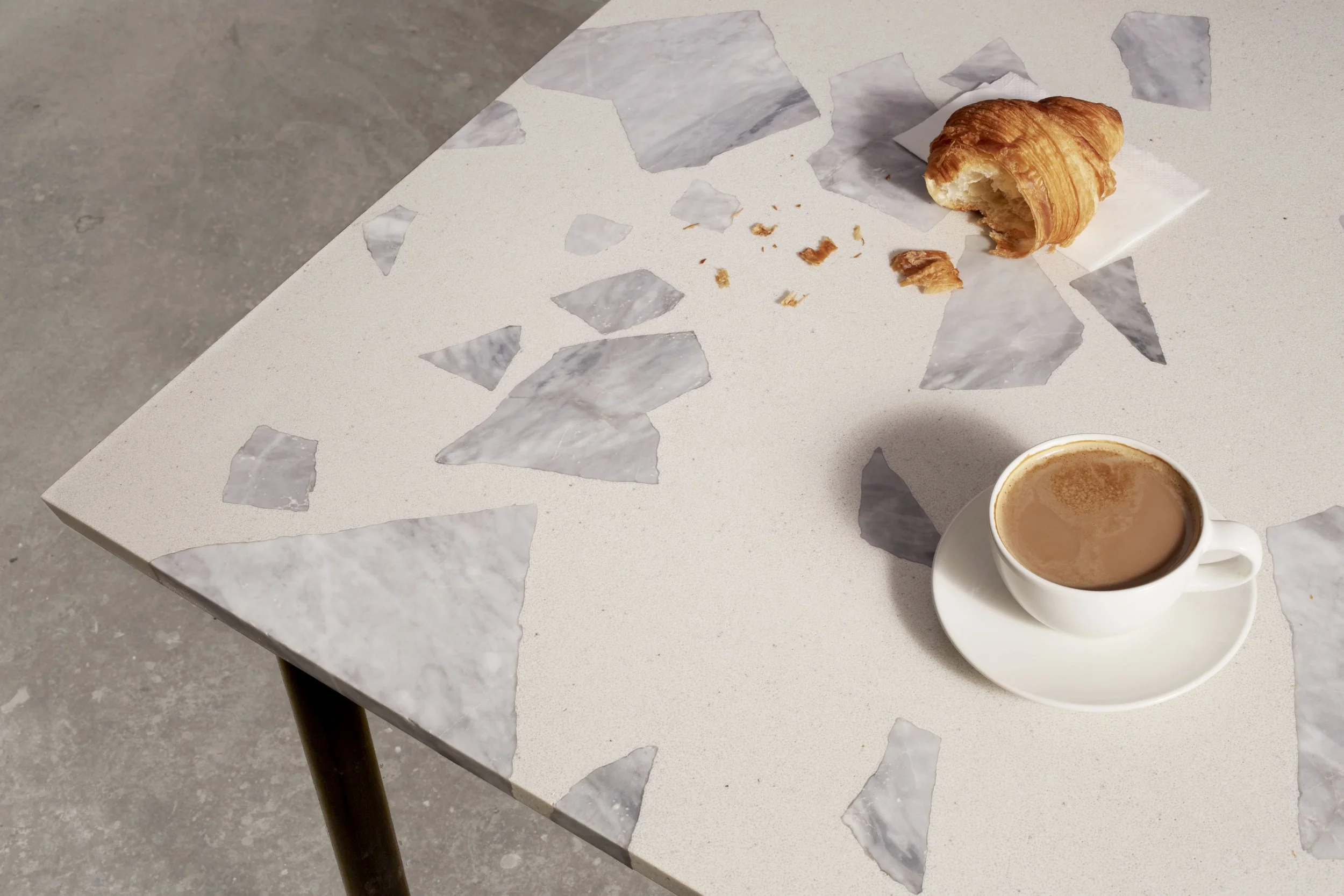 Image 1 of 10
Image 1 of 10

 Image 2 of 10
Image 2 of 10

 Image 3 of 10
Image 3 of 10

 Image 4 of 10
Image 4 of 10

 Image 5 of 10
Image 5 of 10

 Image 6 of 10
Image 6 of 10

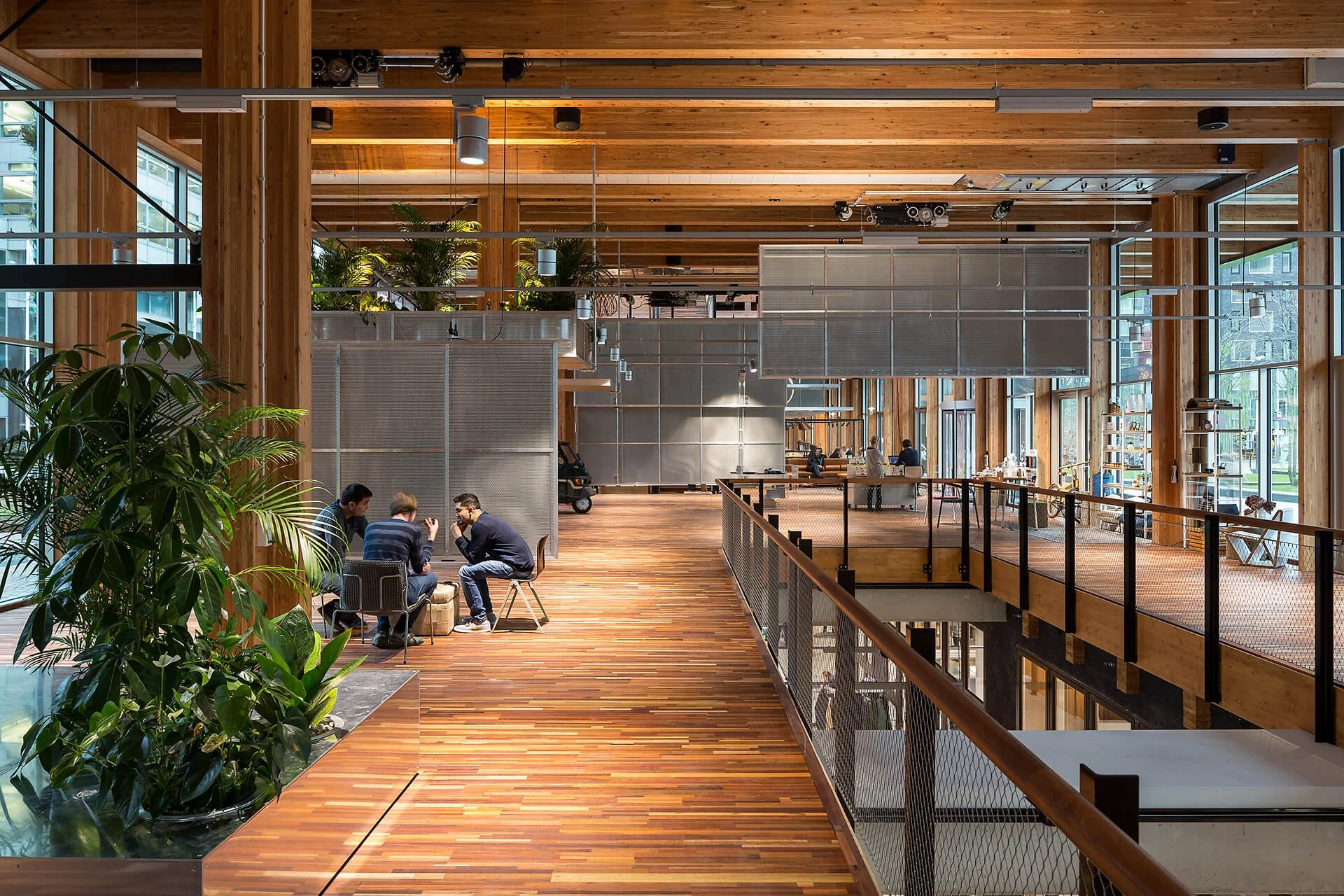 Image 7 of 10
Image 7 of 10

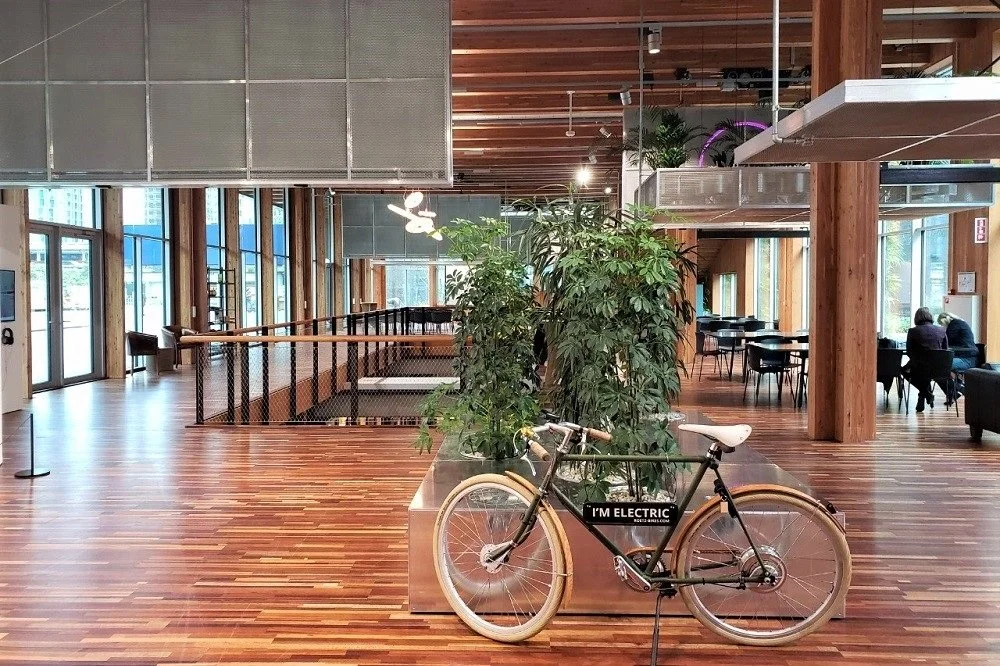 Image 8 of 10
Image 8 of 10

 Image 9 of 10
Image 9 of 10

 Image 10 of 10
Image 10 of 10











Doepel Strijkers office for immersive climate architecture and interiors
Doepel Strijkers is an architecture and design studio based in Rotterdam, Netherlands, founded by Duzan Doepel and Eline Strijkers. The studio was established with the mission to create innovative, sustainable, and immersive architectural solutions. Doepel Strijkers' current approach focuses on integrating bioclimatic and circular economy principles into their projects, aiming to design buildings and interiors that are both environmentally responsible and socially inclusive. Core values include sustainability, innovation, and social renewal, with a purpose to redefine the relationship between architecture, materials, and the environment.
Location
Headquarters: Rotterdam, Netherlands.
Primary manufacturing/operations locations: Various locations based on project requirements and collaborations.
The Circular Vision
Core circular economy principles: Designing out waste, using recycled and sustainable materials, and creating buildings that promote environmental awareness and sustainable practices.
Key innovations: Development of projects like the Circl pavilion for ABN AMRO, which employs circular economy principles by reusing materials and designing for disassembly. The studio also explores bioclimatic design to enhance energy efficiency and occupant comfort.
Prioritization of local sourcing and closed-loop supply chains: Emphasis on using locally sourced materials and sustainable production methods to minimize environmental impact and support local economies.
Pioneering Solutions
Flagship projects: Doepel Strijkers' portfolio includes innovative projects such as the Circl pavilion (a circular economy-based pavilion for ABN AMRO), the Dutch Windwheel (a sustainable landmark in Rotterdam), and the Food Forum (a circular economy-focused project in Almere). These projects showcase the potential of integrating circular economy principles into architectural design.
The Regenerative Future
R&D focus areas: Advancing sustainable architectural techniques, exploring new applications for recycled and bio-based materials, and developing solutions that further reduce waste and energy consumption in design and construction processes.
Ambitious goals: To lead the architecture industry in sustainable practices, create zero-waste buildings, and inspire a shift towards a regenerative approach to design and environmental stewardship.
Fact Sheet
Commercial Availability: Architectural design services available through collaborations, exhibitions, and partnerships with cultural institutions and businesses.
Circularity Rating: 5/5 (Strong focus on integrating circular economy principles and bioclimatic design in architecture).
Material Passport: Detailed material exploration and innovation in many projects, often focusing on recycled and bio-based materials.
Designed for Disassembly: Yes, many projects are designed with consideration for future adaptability and material reuse.
Carbon Performance: Focus on reducing carbon footprint through the use of sustainable materials and bioclimatic design. Committed to minimizing environmental impact through efficient design and construction processes.
Key Takeaway
Doepel Strijkers transforms the architecture industry through innovative, sustainable solutions that prioritize circular economy principles and bioclimatic design, setting a benchmark for environmental responsibility and material innovation in contemporary architecture.
Explore Further
Doepel Strijkers website: https://doepelstrijkers.com
Doepel Strijkers is an architecture and design studio based in Rotterdam, Netherlands, founded by Duzan Doepel and Eline Strijkers. The studio was established with the mission to create innovative, sustainable, and immersive architectural solutions. Doepel Strijkers' current approach focuses on integrating bioclimatic and circular economy principles into their projects, aiming to design buildings and interiors that are both environmentally responsible and socially inclusive. Core values include sustainability, innovation, and social renewal, with a purpose to redefine the relationship between architecture, materials, and the environment.
Location
Headquarters: Rotterdam, Netherlands.
Primary manufacturing/operations locations: Various locations based on project requirements and collaborations.
The Circular Vision
Core circular economy principles: Designing out waste, using recycled and sustainable materials, and creating buildings that promote environmental awareness and sustainable practices.
Key innovations: Development of projects like the Circl pavilion for ABN AMRO, which employs circular economy principles by reusing materials and designing for disassembly. The studio also explores bioclimatic design to enhance energy efficiency and occupant comfort.
Prioritization of local sourcing and closed-loop supply chains: Emphasis on using locally sourced materials and sustainable production methods to minimize environmental impact and support local economies.
Pioneering Solutions
Flagship projects: Doepel Strijkers' portfolio includes innovative projects such as the Circl pavilion (a circular economy-based pavilion for ABN AMRO), the Dutch Windwheel (a sustainable landmark in Rotterdam), and the Food Forum (a circular economy-focused project in Almere). These projects showcase the potential of integrating circular economy principles into architectural design.
The Regenerative Future
R&D focus areas: Advancing sustainable architectural techniques, exploring new applications for recycled and bio-based materials, and developing solutions that further reduce waste and energy consumption in design and construction processes.
Ambitious goals: To lead the architecture industry in sustainable practices, create zero-waste buildings, and inspire a shift towards a regenerative approach to design and environmental stewardship.
Fact Sheet
Commercial Availability: Architectural design services available through collaborations, exhibitions, and partnerships with cultural institutions and businesses.
Circularity Rating: 5/5 (Strong focus on integrating circular economy principles and bioclimatic design in architecture).
Material Passport: Detailed material exploration and innovation in many projects, often focusing on recycled and bio-based materials.
Designed for Disassembly: Yes, many projects are designed with consideration for future adaptability and material reuse.
Carbon Performance: Focus on reducing carbon footprint through the use of sustainable materials and bioclimatic design. Committed to minimizing environmental impact through efficient design and construction processes.
Key Takeaway
Doepel Strijkers transforms the architecture industry through innovative, sustainable solutions that prioritize circular economy principles and bioclimatic design, setting a benchmark for environmental responsibility and material innovation in contemporary architecture.
Explore Further
Doepel Strijkers website: https://doepelstrijkers.com


















